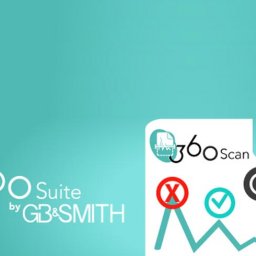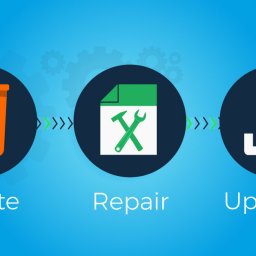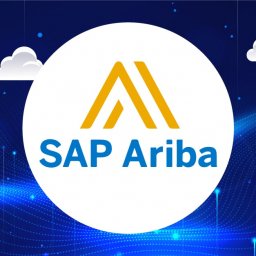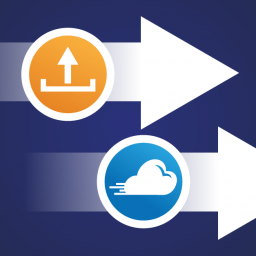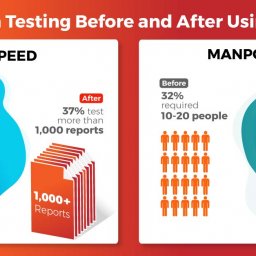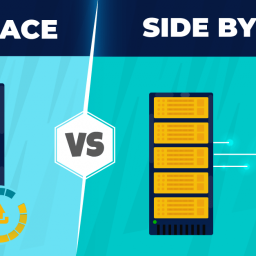Lire cet article en Français ![]()
SAP BI End of Life Stages
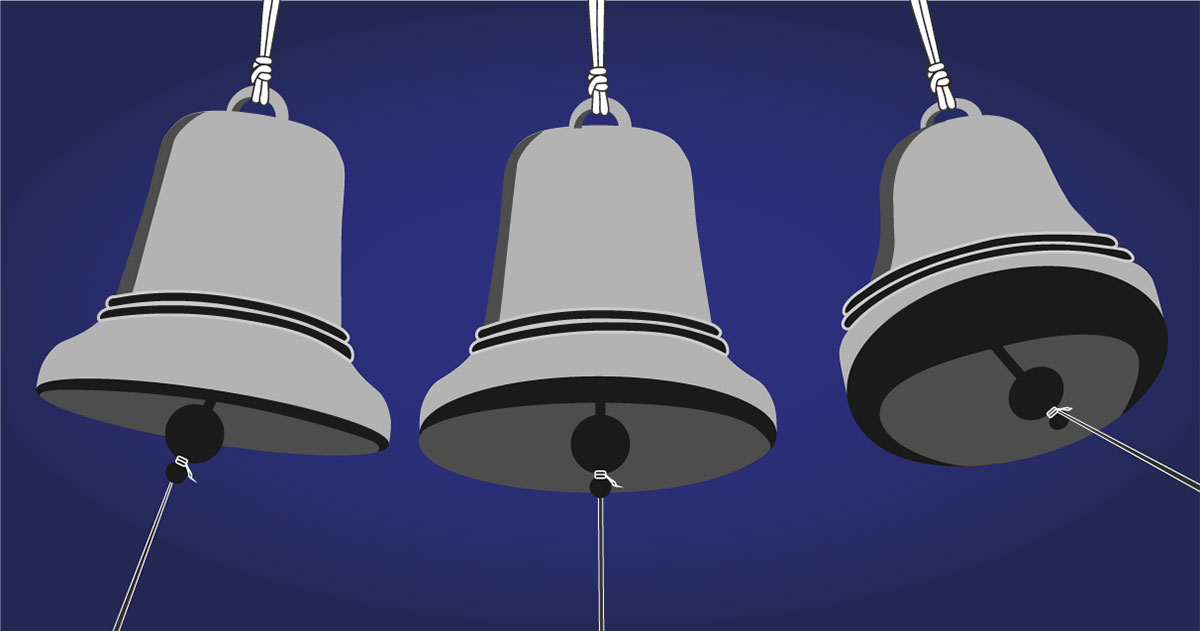
All good things must come to an end. When we say goodbye to summer, when we finish the last chocolate, or when birthdays are over. Here at Wiiisdom, we have been contemplating SAP Business Intelligence (BI) End of Life (EOL) dates and what they mean for SAP BusinessObjects customers.
Last updated: 17/02/2025
For Whom the Bell Tolls
In ancient England, it was customary to mark the stages of death with the solemn ringing (knelling) of three bells.
- The first was called the “Passing Bell” and it heralded an impending death.
- The second was the “Death Bell”, which announced the actual death.
- The third was known as the “Lych Bell” (lych being a Saxon word for “dead body”), and it signaled that the funeral procession was approaching the church.
Stage 1: End of Mainstream Support
The SAP release and maintenance strategy espouses a similar custom of announcing three stages of the death of SAP BI releases. The first stage is called the “End of Mainstream Maintenance Support.” It usually occurs 5-7 years after the release-to-customer date. Like a passing bell, the end of mainstream maintenance support indicates that the end of life is near— no more support packs, patches, hotfixes, or new features.
Customers can revive SAP BI by upgrading to a newer version or, in some cases, go on life support by purchasing extended maintenance (currently not available for any SAP software release).
Stage 2: Customer-specific Maintenance
Companies that fail to upgrade or purchase extended maintenance enter the second stage— “Customer-specific Maintenance.” For select SAP BusinessObjects releases, customer-specific maintenance takes the form of “Priority-one Support.”
In this stage, SAP will resolve customer-specific problems but offers no support packages, no legal changes, and limited technology updates. If priority-one support applies, SAP will correct only priority-one errors that cause production outages. Like the death bell, the customer-specific maintenance/priority-one support stage indicates that the release is (essentially) dead.
Stage 3: End of Priority-one Support
Companies that still fail to upgrade during the second stage enter the third and final stage — ”End of Priority-one Support.” This stage occurs about two years after the end of mainstream maintenance support. Like the lych bell, the end of priority-one support indicates that an SAP BI release has reached its final resting place.
Saved by the Bell
Of course, the passing bell is the only bell that really matters because it rings before death when there’s still time to try to prevent it. This same logic applies to SAP BI. The end of mainstream maintenance is the only date that really matters because it marks the boundary between life (mainstream maintenance) and death (customer-specific maintenance/priority-one support), before which there’s still time to take action.
SAP BI End of Support Dates
| SAP BI Release | End of Mainstream Maintenance | End of Priority-one Support |
| 4.2 | December 31, 2022 | December 31, 2024 |
| 4.3 | December 31, 2026 | December 31, 2027 |
With the mainstream maintenance of version BI 4.3 ending in 2026, SAP is releasing an updated version named SAP BusinessObjects BI 2025 on March 12, 2025 to allow customers to stay on-premise if they don’t wish to adopt SAP Analytics Cloud. You can read the full Statement of Direction here. SAP has also officially confirmed a future release called BI 2027 which will be available at the end of 2026.
| SAP BI Release | End of Mainstream Maintenance | End of Customer Specific Maintenance (CSM) |
| BI 2025 | Q4 2027 | Q4 2031 |
| BI 2027 | Q4 2029 | TBD |
What many customers also don’t realize is that EOL issues apply equally to SAP BI releases and support packs. SAP support extends only to the most recent two or three service packs, which is why BI 4.1 SP04 (released in June 2014) doesn’t have the same stability as BI 4.2 SP06 (released in July 2018).
| SAP BI 4.2 Support Pack | Estimated EOL Dates |
| SP 02 | September 2017 |
| SP 03 | February 2018 |
| SP 04 | November 2018 |
| SP 05 | June 2019 |
| SP 06 | December 2019 |
| SP 07 | September 2020 |
| SP 08 | Q3 2021 |
| SP 09 | December 2022 + 2 years priority1 support * (Until December 2024) |
| SAP BI 4.3 Support Pack | Estimated EOL Dates |
| SP 00 | June 2021 |
| SP 01 | Q2 2022 |
| SP 02 | Q2 2023 |
| SP 03 | Q2 2024 |
| SP 04 | Q2 2025 |
| SP 05 | Q4 2026 |
Third Party Component End of Support Dates
Many customers also don’t realize that third-party components (e.g., browsers plugins, operating systems, databases, database drivers, servers) have life cycles that can impact Business Objects.
The end of the Oracle Java and Adobe Flash plugins was written on the wall when browsers like Google Chrome, Firefox, and Microsoft Edge stopped supporting them. Since earlier versions of SAP BusinessObjects are dependent on Java and Flash, Business Objects customers will find it difficult to create Webi reports unless they migrate to SAP BI 4.2 and switch to the DHTML viewer.
Operating Systems (e.g., Windows Server, Windows Desktop, Mac, Linux, AIX, Solaris) are supported according to published timetables. Most organizations will upgrade their OS as it approaches the end of mainstream support for reasons related to security, stability, and regulatory compliance. But newer Operating Systems may not support older versions of BOBJ, so Business Objects customers may be forced into an upgrade to retain functionality.
| Operating System | End of Mainstream Support | End of Extended Support |
| Windows Server 2008 R2 Service Pack 1 | January 13, 2015 | January 14, 2020 |
| Database | End of Mainstream Maintenance | End of Priority-one Support |
| Microsoft SQL Server 2008 R2 Service Pack 3 | July 8, 2014 | July 9, 2019 |
| Oracle 10.2 | July 2010 | July 2013 |
| Oracle 11.1 | August 2012 | August 2015 |
| Oracle 11.2 | January 2015 | December 2020 |
| Oracle 12.2 | March 2022 | Not Available |
While it’s true that all good things must come to an end, the end of SAP BI mainstream maintenance can be delayed indefinitely if customers keep track of EOL dates for releases, support packs, and third-party components, and take action before the death bell tolls.



